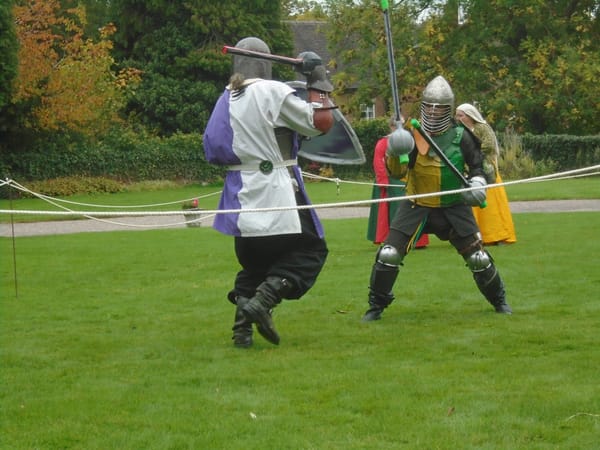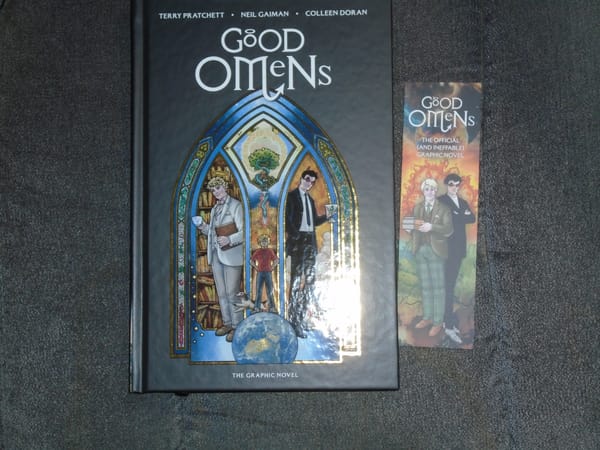From Montana to Siam

First things first: I have a shop. It is not on Etsy, because Etsy are still unknotting themselves (though there may be an Etsy shop as well later, if and when they manage to do that). It's on Folksy, which is a UK-only equivalent (and strictly limited to handmade stuff and craft supplies, so you don't get all the mass-produced clothing that you get on Etsy but really shouldn't), and it is here. Please share the link widely!
As for the rest of the post: knitting yarns don't have colour conventions. If you sell yarn, you get to name your colours pretty much anything sensible (and occasionally not so sensible; right now I'm using a mid-coral yarn and the colour is called Grapefruit, and I once got some really nice apple green cotton aran yarn very heavily reduced and I'm convinced that was because the name of the colour put everyone else off. It was called Algae.) Beads, though? They have a colour language all their own, and it seems to be independent of the manufacturer, as far as I can see.
So let's start with the title. Montana is a dark blue - a somewhat desaturated one. It's what I'd call a dark air force blue. Siam, on the other hand, is a bright red. You would think that, since there are so many gem colour names used for beads, "ruby" would be more common; and in fact you do get that (I have some seed beads in "silver lined ruby", which is actually a slightly darker red, more what I'd call cherry), but if you're looking for beads that actually look like rubies, search for "siam". Oh, and black beads are never black. They're always "jet"; and haematite finish (of which I have a lot, as it's such a useful neutral) is not usually just "haematite" on its own. It's generally "jet haematite". Well, unless it's "gunmetal"; but I can't see any difference between my "jet haematite" SuperDuos and my "gunmetal" seed beads in either colour or finish.
Silver is sometimes silver, but very often it's "crystal full labrador" or some minor variation on that. I was very confused by that "labrador" thing at first; I was expecting something like labradorite, but no, it's silver, very often with a hint of a black patina to it (but not always). And gold... well, just look at the feature photo. If it actually says "gold", then you're going to get a proper gold tone, if not necessarily a full-on metallic shine. However, if it says "crystal full amber", then it's definitely not amber, it's usually very shiny, and it's... sort of gold. I tend to think of it as "off-gold", because it has a distinctly brassy edge. I'm not actually a huge fan of it (bought these because I couldn't get a better gold at the time; when the proper gold tone came in, I bought three bags). On the bright side, it does go nicely with antique bronze, so it's not going to sit in the box unused.
And then there are the finishes. For a start, there's "iris". Here's one of a pair of earrings made with "green iris" bugle beads:

Anything labelled "iris" is going to be very dark in colour and iridescent. It's nothing to do with purple, which is the colour one would normally associate with irises (well, maybe blue; it's kind of borderline), though obviously you can get purple iris. These bugle beads were an experiment to see how well I could work with iris colours, and the answer is that they're a bit limited. You really need to mix them with a lighter shade of the same colour to emphasise what colour they actually are, otherwise they tend to look just plain black, sorry, jet.
"AB" stands for "aurora borealis", and you get that on a lot of different beads. It is a coating, rather than something mixed into the glass itself. I like it very much on transparent or translucent beads, especially in lighter colours, but on opaque and/or darker beads I have rather mixed feelings about it. Recently I ordered some of those oval Lipsi beads; I was very short of red and I thought I'd ordered the opaque coral red matte (it's not actually too orangey), but what arrived was the same bead with the AB coating. I don't know whether that was my error or the shop's - probably mine. I looked at them and thought "those look a bit weird"... until I realised that the main effect of the AB coating had actually been to lighten them, so I needed to stop thinking of them as beads that were trying to be red and just accept that what I had here was pink beads. With a tendency to reflect other colours. I put them with some actual honest-to-goodness pink beads and they looked great. On the other hand I have some "matte black AB" seed beads (wait, actually black and not jet? Someone's slipping!), and the black fights with the AB so much that there's no real colour play at all. They're just lightly variegated black. I mean, don't get me wrong, they're quite nice, but you could fairly easily get a similar effect without an AB coating. However, if it's called "crystal AB", then it's a clear glass bead with the AB coating and it looks pretty much like a diamond, only more fun. That, again, is an exceedingly useful neutral.
But then there are "vitrail" and "sliperit", and I initially drew a blank on those. Doing a web search for the latter didn't help; I just got a whole lot of sliperit beads and definitions of the word "slippery", which was not what I was looking for. So I had to ask Juliet at Spoilt Rotten, and this is what she says:
Sliperit is a metallic glass coating that is applied after the basic colour has been made - it reflects shades of gold/purple/fuchsia depending on the base glass colour - so a red bead with a sliperit coating will look very different to a green or blue.
Vitrail is also a glass coating but it reflects shades of pink/green/silver and purples.
So far I've fought shy of buying beads with either of those finishes because I wasn't sure what they were and couldn't tell from the photos online; but the trip to Spoilt Rotten is now definitely fixed for 18 June, so I'm going to get the chance to see them for myself. I suspect a judicious admixture of those two finishes into my stock of raw materials will be useful; I don't want to go wild with them, but I think they could be quite effective here and there.
And it does occur to me that, with all these possible colours and finishes, bead manufacturers must be having nearly as much fun as I am!




